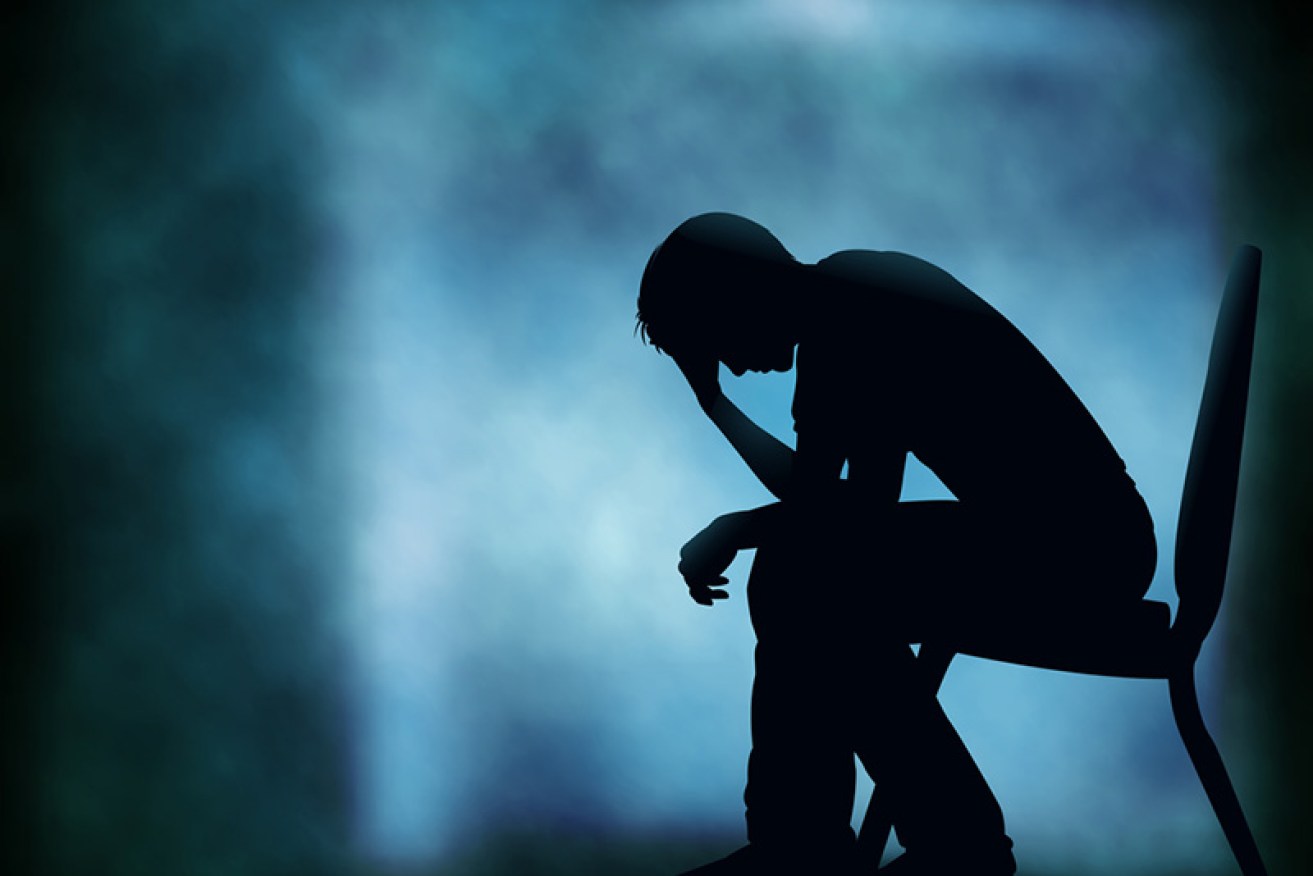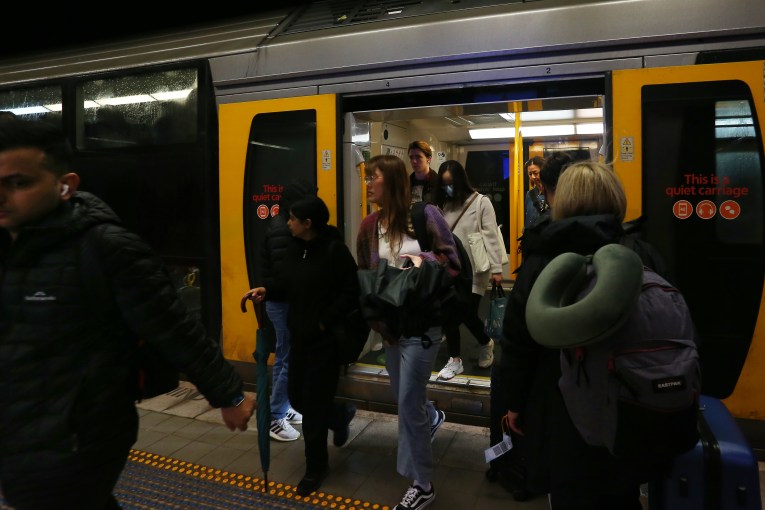‘Darkest moment of their life’: Mental health system still failing patients


Experts have called for an end to seclusion and coercion practices in mental health settings. Photo: Shutterstock
Seclusion and forced restraint have no place in Australia’s mental health system, and causes further harm among vulnerable patients, a leading policy adviser and trauma survivor has warned.
The comments come after newly released statistics paint a grim picture of Australia’s seclusion and coercion rates, and the imminent start to the Victorian royal commission into mental health services.
There were more than 8000 submissions to the royal commission, mostly from people who identified as a person living with mental illness, as well as from mental health workers, family members or carers, and health groups.
Indigo Daya, the human rights adviser at the Victorian Mental Illness Awareness Council (VMIAC), said health care staff continue to resort to harmful practices that create trauma, rather than provide healing and support when it is needed most.
“People call into VMIAC all the time about what it’s like to be secluded or restrained, whether it’s five staff members holding them down, or being locked in a small room,” she told The New Daily.
“Many people who have shared their experiences have said this was the darkest moment of their life.”
Patients who are secluded are often locked in a small, cell-like room, sometimes with only a plastic mattress or cardboard on the floor, VMIAC wrote in its submission to the royal commission.
“Countless people have told us that they’re too frightened now to ask for help because there’s a risk they might be hurt by the people who are supposed to help them. That’s a real tragedy in our mental health system,” Ms Daya said.
According to the Australian Institute of Health and Welfare (AIHW) data released on Friday, Australian patients, on average, spent 5.1 hours in seclusion across mental health facilities in 2017-18.
The number of hours spent in seclusion varied by jurisdiction, with Victoria named as the worst-performing state for the fifth year in a row at a seclusion average of 8.3 hours last year.
The rate of seclusion was highest in Northern Territory, with 22 seclusion events per 1000 bed days. Western Australia had the lowest with 4.3 events.
Overall, seclusion rates and durations have been falling since 2009, AIHW spokesperson Matthew James said in a prepared statement.
Restraint practices – including forcibly holding down someone, or the use of belts, straps and jackets – were also on the decline, AIHW data showed.
“Working towards eliminating the use of seclusion and restraint is a policy priority in Australian mental health care, and has been supported by changes to legislation, policy and clinical practice,” Mr James said.
But, experts told The New Daily that such figures needed to be interpreted carefully.
“We’d urge caution to suggest that a reduction in numbers is a good thing. Any seclusion or restraint is a bad result. If it’s causing trauma for just one person, it’s also affecting many others,” Ms Daya said.
The practice has been condemned by international groups, including the United Nations, as a breach of fundamental rights.
A World Health Organisation report said coercive practices have been found to be generally counter-productive, slowing down recovery and increasing the risk of severe re-trauma.
University of Melbourne social equity researcher Dr Yvette Maker said there was still a long way to go until Australia catches up with global standards.
“Because ‘restraint’ is defined and regulated in such disparate ways across states and sectors, the regulation is not necessarily based on evidence,” Dr Maker told The New Daily.
“We’re looking to develop model laws and guidelines within a human rights framework.”
Depending on each jurisdiction’s mental health legislation, restraint is allowed from anywhere between 30 minutes and seven hours. In some states, the duration is left open to interpretation as “minimum period necessary”.
Dr Yvette Maker and her University of Melbourne colleague Dr Piers Gooding recently called for alternatives to seclusion and restraint practices.
“There are a lot of myths about mental health care, especially the idea that it requires the response of coercive methods,” said Dr Gooding, who recently co-authored a global review on coercion alternatives.
He pointed to a Lancet study that found Germany’s ‘open ward’ facilities were linked to a decreased probability of suicide attempts.
In the US, health groups have adopted the successful “Six Core Strategies to Reduce the Use of Seclusion and Restraint” initiative, which includes workforce development and debriefing techniques.
In the ACT, a service user-led initiative at Canberra Hospital led to a six per cent drop in seclusion incident rates over a two-year period, in another case study referenced in the review.
If you or someone you know might need support, contact Lifeline on 13 11 14








